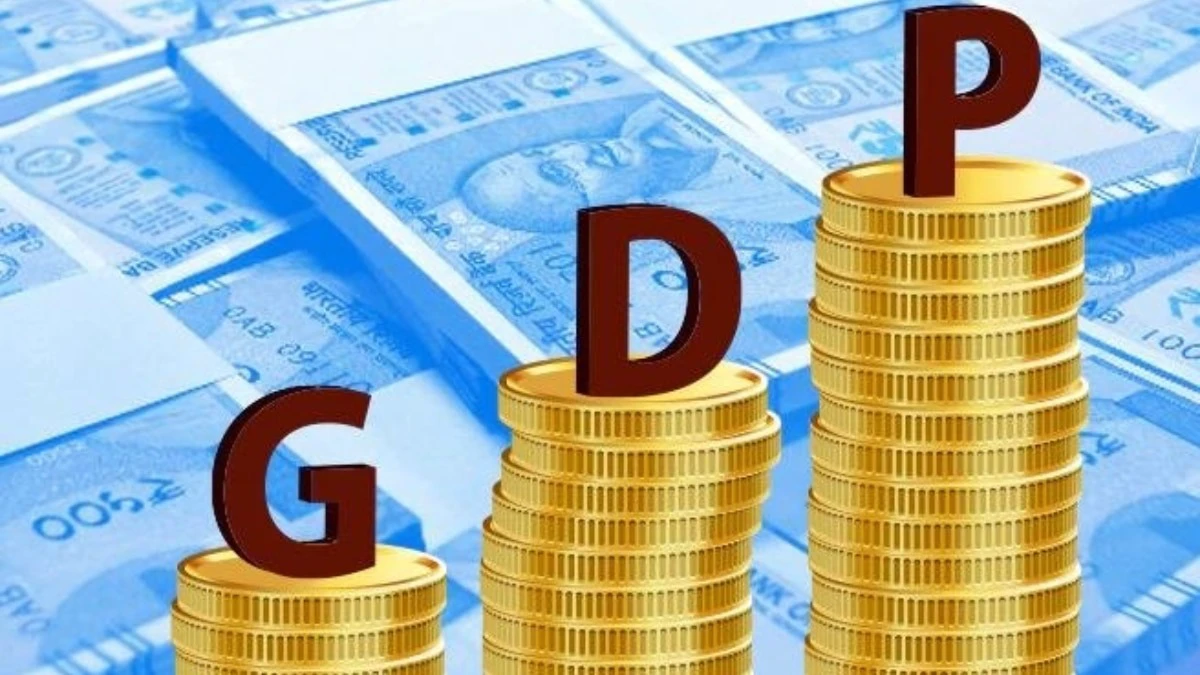The economy is seen to have grown at 6.5% or a notch higher in the first quarter of the fiscal year, slowing down from the fourth quarter of FY25 amidst muted demand and uncertainty over tariffs by the US.
Robust government capital expenditure and front loading of exports are seen to have boosted GDP growth in the first quarter of the fiscal and healthy rains are seen to lift up rural demand going forward but analysts warn that growth could taper off in the coming quarters as the full impact of the US tariffs come into play.
The economy grew by 6.5% in the April to June quarter of FY25 and by 7.4% in the fourth quarter of last fiscal. Most experts see growth in the first quarter of FY26 at between 6.5% and 7% but expect growth in gross value added (GVA) to be lower. Official quarterly GDP estimates for the quarter April-June of FY26 will be released on August 29.
ICRA has projected the year-on-year (YoY) GDP expansion to ease to 6.7% in the first quarter of the fiscal year, outpacing the Monetary Policy Committee’s recent forecast of 6.5%. It has projected growth in GVA to ease to 6.4% in the first quarter of the fiscal from 6.8% in the last quarter of FY25.
Aditi Nayar, Chief Economist, Head-Research and Outreach, ICRA, said, “India’s investment activity held up in Q1 FY2026, boosted by the front-loading of Government capex, although this admittedly came on a low base, amidst the heightened uncertainty owing to geopolitical tensions and tariff-related developments.”
SBI Ecowrap has pegged GDP growth at 6.8% to 7% in the first quarter of the fiscal year. DBS Bank has pegged GDP growth at 6.5% in the first quarter of the fiscal with GVA growth at 6.3%.
“Bulk of the support will show in the strong pick-up in government spending after an election-related slowdown in the previous year, accompanied by steady service sector output, project completions, rural demand in anticipation of a good monsoon, and better farm production. Industrial output moderated in this period. Deceleration in inflation was likely supportive of real purchasing power, though weaker growth in personal loans, and delayed transmission to borrowing costs besides industry-specific soft spots point to a modest pick-up in urban demand,” said Radhika Rao, Executive Director and Senior Economist at DBS Bank.
With external trade set to be impacted by tariff-led headwinds, domestic anchors will uphold growth in the coming quarters,” she warned.
